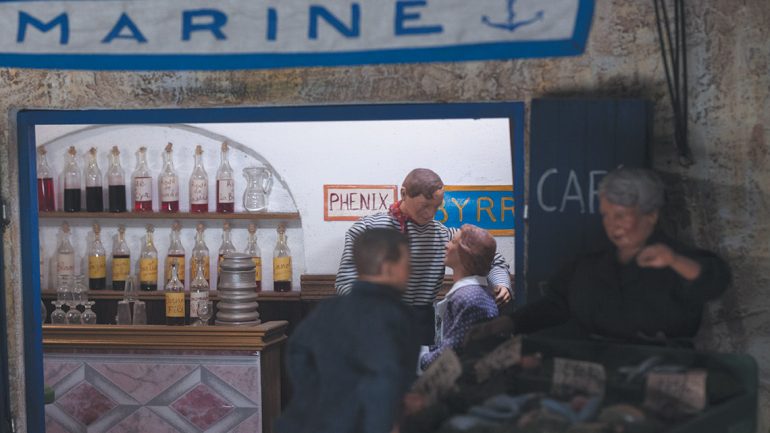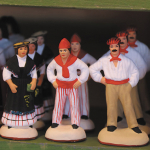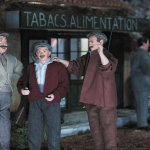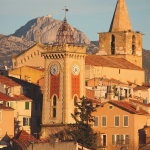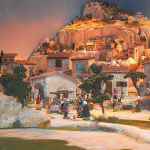The santoun, meaning “little saint” in Provencal, return each Christmas in village nativity scenes and also many homes. A tradition that lasts and confirms that Provence well and truly is the birthplace of these small clay figurines, carefully crafted by talented local craftsmen. Behind these charismatic emblems are santon-makers.
A trade that is unique to Aubagne and the surrounding area, invented by a native of Marseille, Jean-Louis Lagnel. Up until 1940, being a santon-maker was more a supplementary line of activity or even just a pastime. Over the centuries, the ceramics, pottery and tile industries have all provided work for the towns and villages of this small part of Provence. The story began in Aubagne in 1531. Towards the end of the 18th century, local craftsmen had largely adopted the Santon, continuing the tradition of small clay figurines. The 19th century was the highpoint for the sector.
Then, in the 20th century, two world wars and the loss of former colonial markets put an end to the ceramics boom. Today, there are 70 workshops and 17 santon-makers in Aubagne and the quality of the creations are recognised globally. Their success is due to the presence of local clay and the quality of the figurines. Working clay is still very much part of the living heritage of the land, a unique expertise that has been handed down over the generations in the workshops. Come Christmas, the figurines offer a lease of life to Provencal village nativity scenes with the three kings, shepherds, animals…
The Santons represent the inhabitants and their past trades and more traditional functions: baker, fish-monger, priest, mayor…, in hillside decors with the streams and bridges so familiar to the region. But, the star obviously remains Jesus who only appears on December 25.

